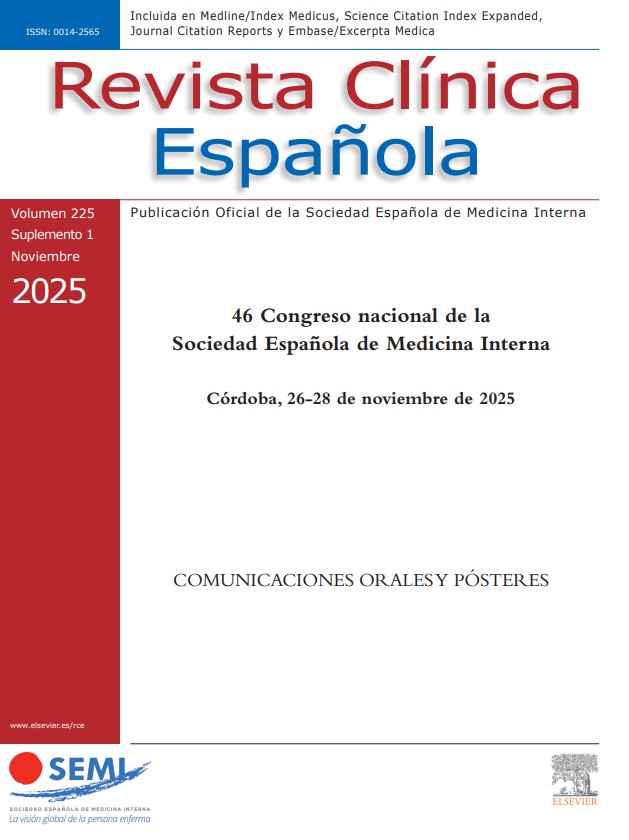La profilaxis preexposición (PrEP) consiste en administrar fármacos antirretrovirales a personas seronegativas para el VIH con prácticas de alto riesgo, con el fin de reducir la probabilidad de adquirir la infección. A pesar de su eficacia y seguridad, en España, la PrEP aún no está disponible dentro del sistema sanitario público.
El objetivo fue estimar el impacto preventivo que supondría añadir la PrEP junto al resto de medidas preventivas. Se estimó el número de seroconversiones al VIH que se hubieran podido evitar, entre los hombres que tienen sexo con hombres y mujeres transgénero inicialmente seronegativos, en caso de disponer de la PrEP.
MétodosEstudio descriptivo de los seroconvertidores recientes al VIH entre 2014-2016 en una clínica de VIH/ITS de referencia en Madrid. Se analizaron a las personas que tenían indicación de recibir la PrEP, según las guías de Grupo de Estudio del Sida 2016. El análisis estadístico para estimar las infecciones por el VIH que se hubieran podido evitar, en caso de disponer de la PrEP, se efectuó mediante Stata 14.
ResultadosSe estimó que de los 228 hombres que tienen sexo con hombres y mujeres transgénero, con seroconversión documentada al VIH, 195 tenían la indicación de PrEP. Teniendo en cuenta la eficacia preventiva descrita en estudios europeos, se estimó que se hubieran podido evitar 168 seroconversiones al VIH, lo que supone el 73,7% de las infecciones diagnosticadas.
ConclusionesLos resultados confirman la necesidad de impulsar programas preventivos combinados frente al VIH que integren todas las medidas posibles incluyendo la PrEP.
Pre-exposure prophylaxis (PrEP) consists of administering antiretroviral drugs to HIV-seronegative individuals who engage in high-risk practices, with the aim of reducing the probability of acquiring the infection. Despite its safety and efficacy, PrEP is still not available within Spain's public healthcare system.
The aim of this study was to estimate the preventive impact of adding PrEP to the other preventive measures. We estimated the number of HIV seroconversions that could have been prevented (if PrEP had been available) among initially seronegative transsexual women and men who have sex with men.
MethodsWe conducted a descriptive study of recent HIV seroconverters between 2014–2016 in a reference HIV/sexually transmitted infection clinic in Madrid. We analysed the individuals who were indicated PrEP, according to the guidelines of the 2016 AIDS Study Group. The statistical analysis to estimate the HIV infections that could have been prevented (if PrEP had been available) was conducted using Stata 14.
ResultsWe estimated that 195 of the 228 men who have sex with men and transsexual women, with documented HIV seroconversion, were indicated for PrEP. Considering the preventive efficacy reported in European studies, we estimated that 168 HIV seroconversions could have been prevented, which represents 73.7% of the diagnosed infections.
ConclusionsThe results confirm the need to promote combined preventive programs against HIV that integrate all possible measures, including PrEP.
Artículo
Diríjase desde aquí a la web de la >>>FESEMI<<< e inicie sesión mediante el formulario que se encuentra en la barra superior, pulsando sobre el candado.

Una vez autentificado, en la misma web de FESEMI, en el menú superior, elija la opción deseada.

>>>FESEMI<<<












